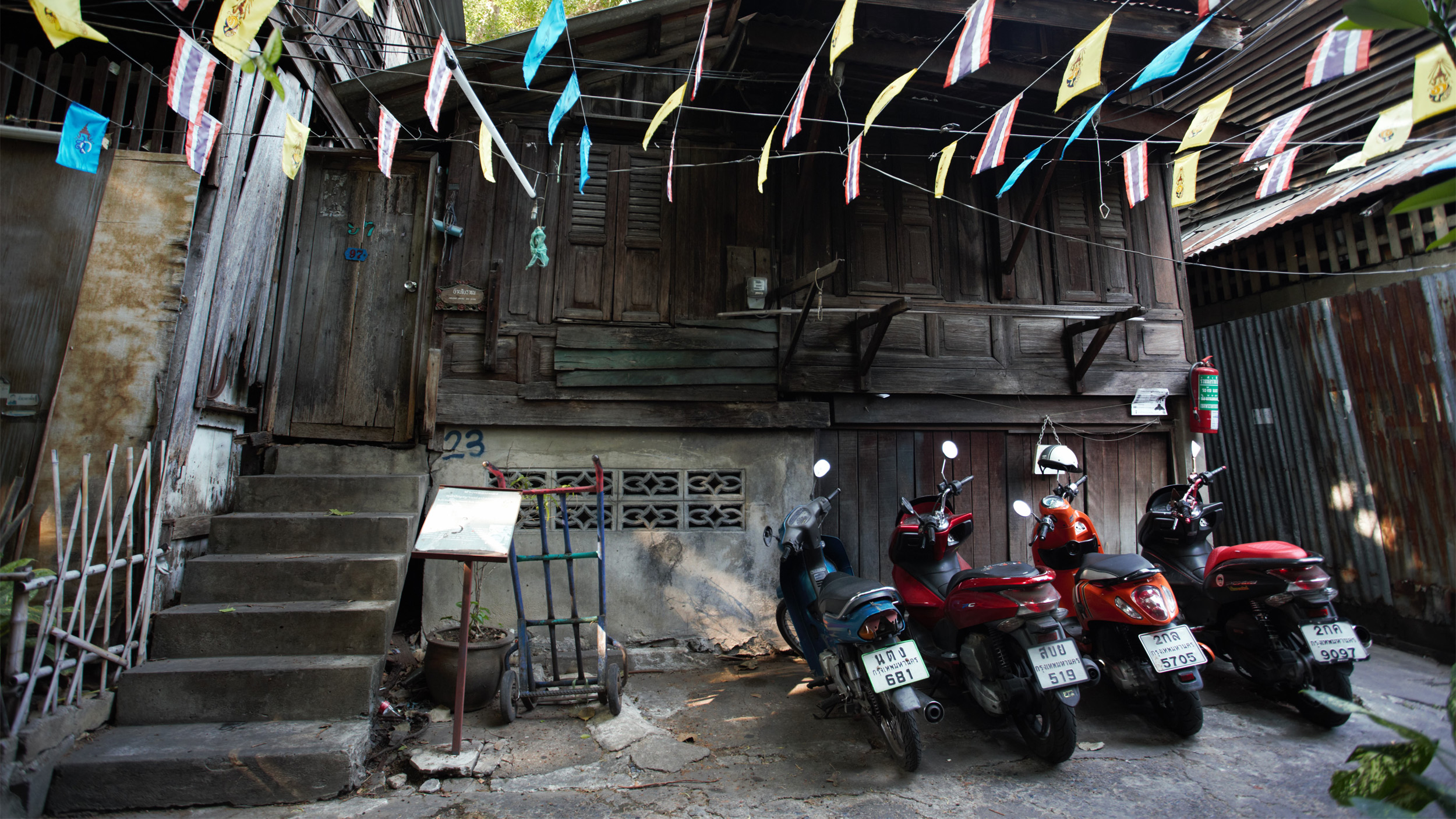Watch our documentary THE PEOPLE OF THE FORT below.
Bangkok’s oldest fortress may soon be confined to the history books. Remaining residents of Mahakan Fort, whose community dates back to the 1800s, have been told by the city to move out by the end of this month.
The 6,400 sqm area will be turned into a public park intended to be a tourist attraction.
The small community was formed 200 years ago by Thai aristocrats and their servants, who built houses near their masters.
Today, visitors walking within the walls of the fortress will see that the neighboring village is a living museum — with each family proudly putting up a sign, poster, or newspaper article in front of their shabby homes to tell their stories to visitors.

Some residents have managed to proudly hold on to their ancient teakwood homes, formerly lived in by aristocrats. One family’s sign says they have been crafting birdcages for a century. Another one takes pride in the community’s former glory days — when the nobility built the country’s first ever Likay playhouse for commoners.
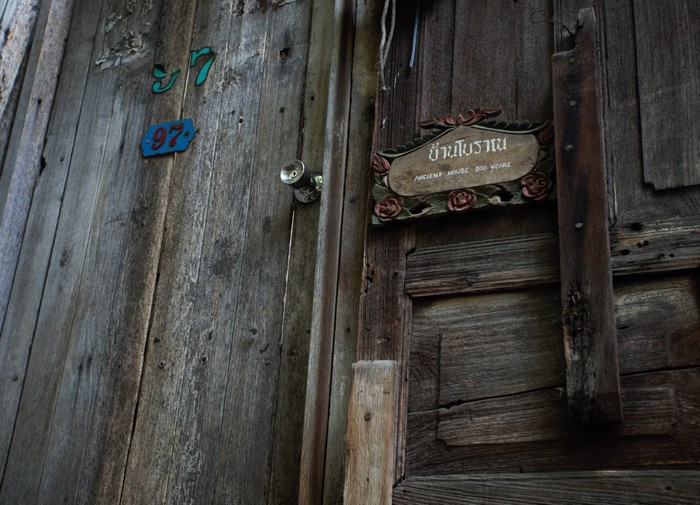
“In the past, the performance was staged for commoners who didn’t have much money, so small fees were collected. And the play was rather a funny story than a serious one,” said Supanat Prajuabsuk, member of Mahakan Fort’s community committee.
“How could this community be called a slum? This place has the potential to be an education center. Many university students come here to study our community,” she said.
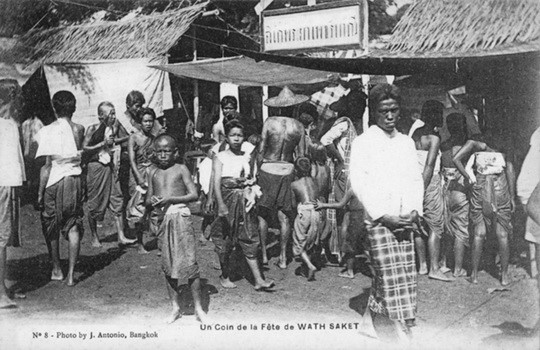
Now comprised of newcomers and families who have lived here for generations, the Mahakan Fort community is home to almost 300 people.
Despite its rich history, the cracked wood of the community’s traditional homes has been deemed an eyesore by the Bangkok Metropolitan Administration (BMA) after the city was granted a royal decree for land expropriation in 1992 to improve the sights of Rattanakosin Island.
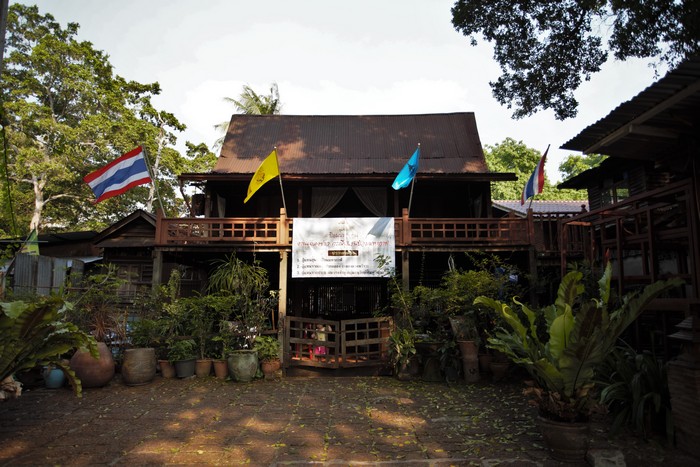
For 24 years, residents in Mahakan Fort have been living with an uncertain future as governor after governor tried to proceed with the park project. Last month, however, an eviction notice was put up — a final call for the remaining 57 families living here.
But the people of the Fort are fighting to keep their community alive.
“We don’t even think about moving. And since I was young, I’ve never had that thought. This is the land I was born on… If you come here on April 30, you will see the Fort folks,” says Supanat Prajuabsuk, member of Mahakan Fort’s community committee.
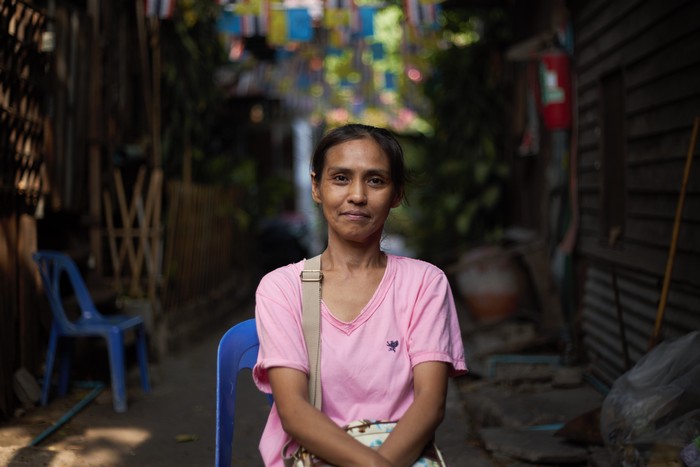
“I don’t think foreigners want to see skyscrapers or have another spot to drink their coffee. They want to see our way of life… I sell bird food. My neighbors make birdcages, adds Paiboon Tularak, whose family has been producing and selling bird food for three generations. “Don’t you want to keep us, too? All the old, poor, Thai people.”
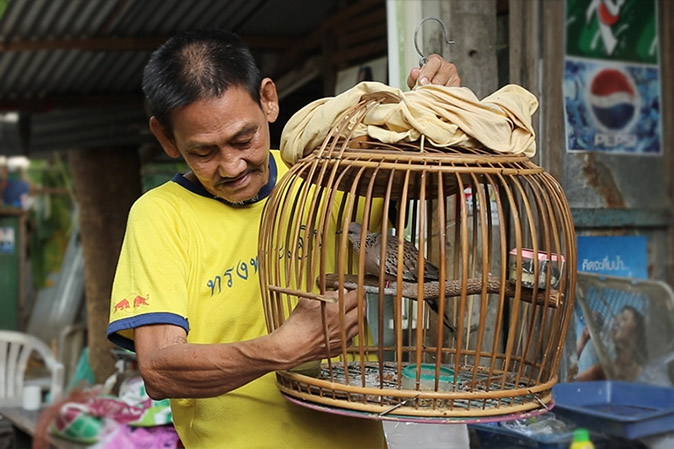
“Now there’s only my husband who hand-paints birdcages like this. It will be a problem if we move, no customers will follow us. We can sleep anywhere, but what about our career,” says Ratchanee Nilbai, who moved in with her husband’s family, who has been making birdcages for a century.
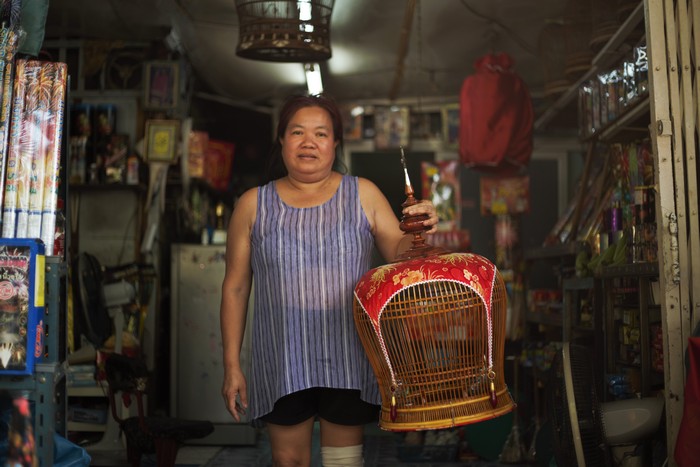
“This community is rich with cultural resources. There’s a history here, one that we can tell the people who visit us. We can build a cultural park and showcase our livelihood at the same time,” adds Phirapol Hemrat, a second-generation craftsman of miniature figures of “Por Gae,” the hermit commonly worshipped by Thai masseuses and those who work in the performing arts industry.

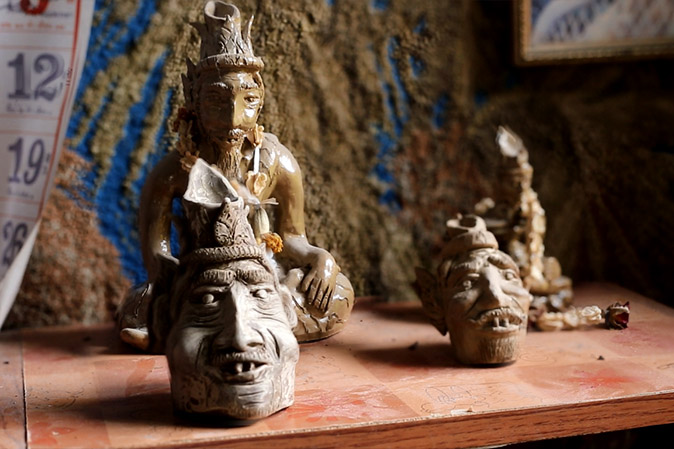
Por Gae, the hermit commonly worshipped by Thai masseuses and those who work in the performing arts industry.
In 1783, Mahakan Fort was built to protect the country’s new capital, but today, ironically, these walls are filled with the same paranoia of a possible invasion. Mahakan residents now take turns guarding the entrances to their community since the eviction notice was put up in late March.
“I sit here because it is risky,” said Supanat. “If I see anything suspicious, I’ll blow a whistle to call our residents,” she told Coconuts Bangkok when we asked what she would do if the military government stormed the fort.
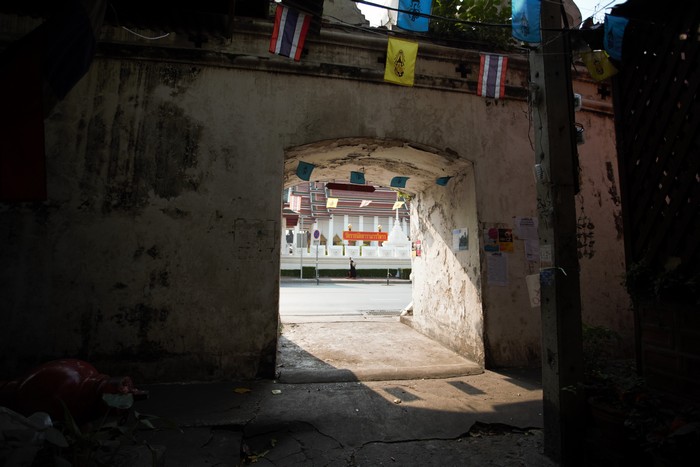
Most residents are no longer legal owners of their homes, which means the only defence they have against the eviction order is the historical importance of the fort.
Since 1992, out of 57 households, 37 have accepted the full amount of compensation and have transferred the ownership of their houses to the BMA. The other 20 families have accepted 75 percent — 15 of those families have, however, refused to transfer their houses’ registrations, although the city has earned a court’s approval to evict them nonetheless, according to Now 26.

Community committee members Supanat and Phiraphol said many households used their compensation to buy a new property from the National Housing Authority, the organization that stepped in to help them find a new home in Min Buri.
But a decade ago, moving to an empty plot of land on the outskirts of the city, which they described as “the middle of nowhere”, meant no job opportunities and no school for their children. Most ended up defaulting on their down payment and staying in their homes in the fort.
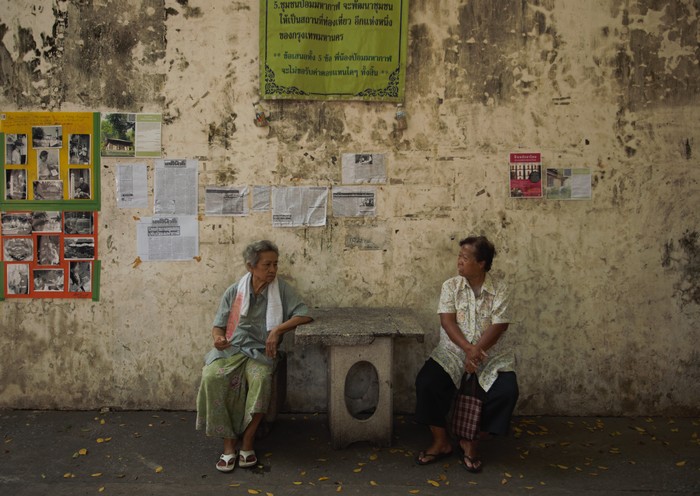
With zero legal rights and only their strength of spirit to help them, the community remains hopeful for the future and wants to co-exist with the planned park as a tourist attraction.

According to an official statement released to the public by the community, the residents are willing to give up a plot of land for officials to build a park, which they will help manage and clean for free to preserve their heritage.
Regarding the land ownership, the residents have also offered to pay back the compensation by installment and pay rent to the city to keep roofs over their heads.
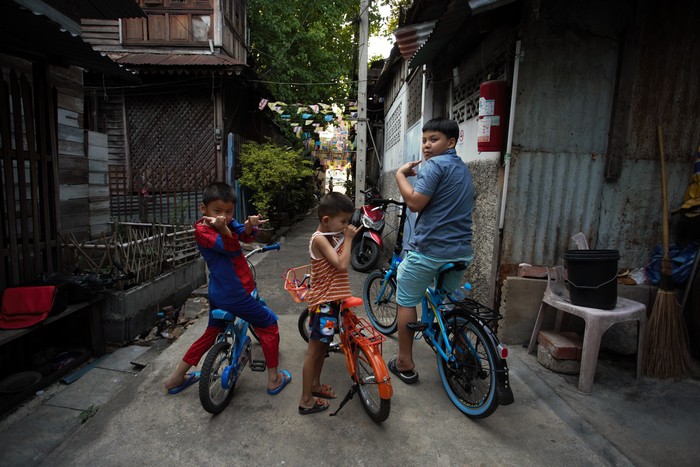
There has been no response from the Bangkok Metropolitan Administration regarding the proposal.
“Don’t just inscribe history on a stone and say what this place used to be. That’s not fun. There is no life there. We can build a cultural park where we get to showcase our way of life,” Phirapol said.

